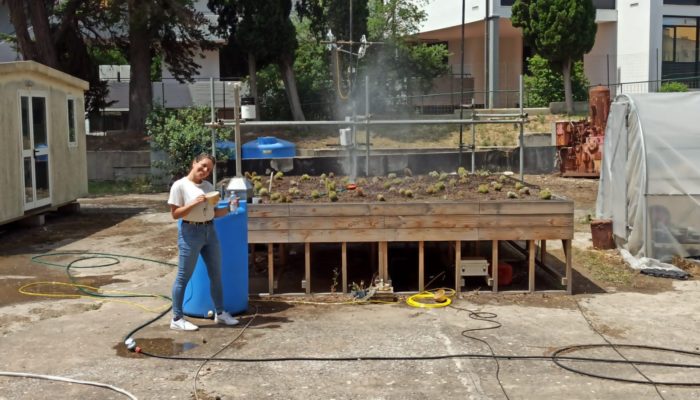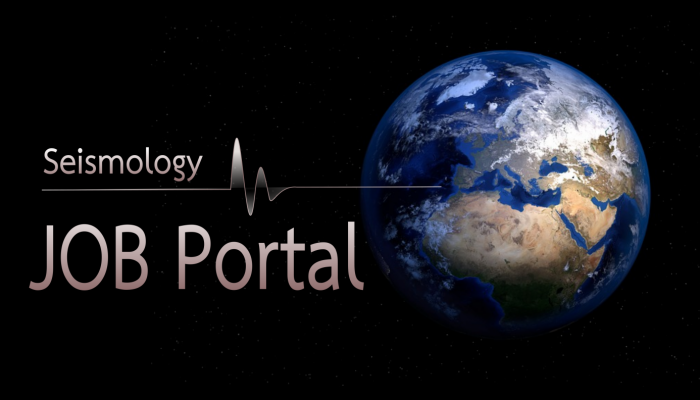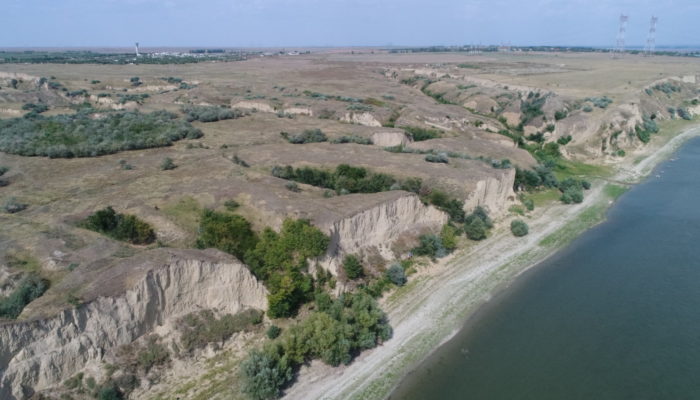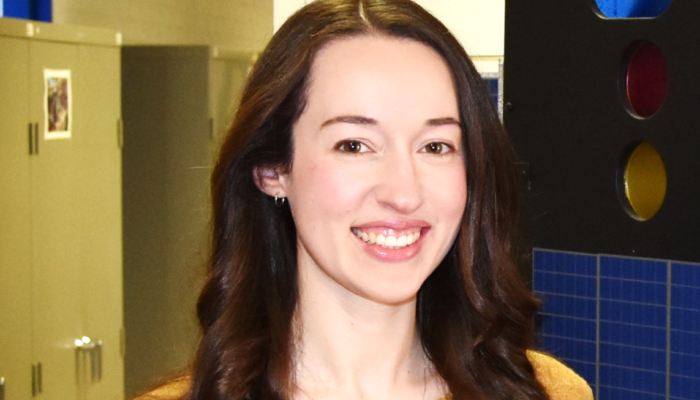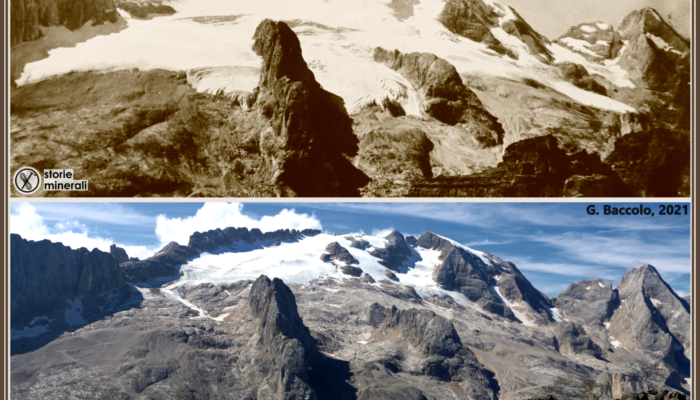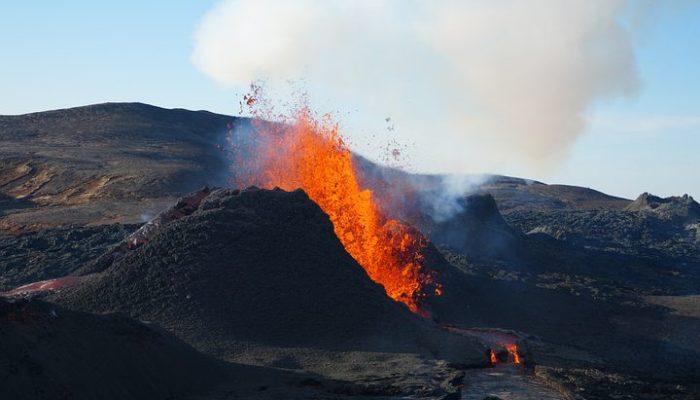Applying for tenure-track (or something close to that) positions is the very reason for many brilliant scientists to eventually run away from academia as fast as they can. Finding an opening, preparing your application and bracing yourself for the n-th `no thank you, but you should really try again!’ is a tedious, time-consuming, numbing, soul-destroying, kill-me-now process. Among the many ...[Read More]
If you didn't find what you was looking for try searching again.
Geodesy
Around the world with Professor Vening Meinesz onboard the submarine K-XVIII: Exploration of the Solid Earth
On 14th of November 1934, the Dutch travelled to the harbor of Den Helder situated in the north of the Netherlands to catch a glimpse of the departure of Hr. Ms. K-XVII: A submarine of the Royal Dutch Navy setting sail on a trip around the world. Onboard was a unique traveler and with his non-typical height of 2 meters tall, he towered above the average submarine sailor. Professor Vening Me ...[Read More]
Geodynamics
To boldly go… deep sea exploring to study Earth’s interior
As geodynamicists, we are sometimes oblivious on how we get the geophysical constraints in our numerical models. This week Molly Anderson, a PhD student at the University of Florida, takes us on a exciting dive to study the geochemical signatures of the East Pacific Ocean seafloor! People are often surprised to hear that the seafloor is covered with volcanoes, let alone that the most extensive cha ...[Read More]
Hydrological Sciences
Being positive and passionate about resilient and smart cities – Interview with Elena Cristiano (ECS Rep)
During our business meeting in the GA 2021, we introduced the Early Career Scientist (ECS) representative Elena Cristiano, elected by the ECS members of the HS division and the Young Hydrologic Society (YHS) for the period 2021-2023 [*]. In this blog post, we asked her some questions to get you know her better, her visions and expectations. Maria-Helena Ramos (MHR): First of all, I would like to a ...[Read More]
Seismology
Seismology Job Portal
On this page, we regularly update open positions in Seismology for early career scientists. Do you have a job on offer? Contact us at ecs-sm@egu.eu Please, note that other available research positions are displayed on the EGU Jobs Portal. Latest open positions: CSIRO Postdoctoral Fellowship in Fibre Based Distributed Sensing Institute: CSIRO (Perth, West Australia) Starting: — Duratio ...[Read More]
Climate: Past, Present & Future
Dust thou art, and unto dust shalt thou return – palaeoclimatological implications of provenance studies of Southeast European loess deposits
Previous blog posts have highlighted the importance of loess as an indicator of climate and environmental changes in the past. These posts showed the relevance of loess deposits as archives of Pleistocene climates and environments, the importance of using novel approaches in mapping these and other Quaternary-related sediments, the aspects of dating loess deposits, as well as the peculiarities o ...[Read More]
GeoLog
GeoTalk: Meet Noel Baker, science-for-policy advocate and member of the EGU Policy Working Group!
Hello Noel, thanks for joining us today! Could you tell us a little about yourself before we dive in? Thank you so much for having me, Simon! I’m an American climate scientist currently working in Brussels as a project manager at the Royal Belgian Institute for Space Aeronomy. I finished my Ph.D. in 2013 with a project that focused on understanding how well global climate models produce rainfall a ...[Read More]
Cryospheric Sciences
Climate change and the Cryosphere – With ice we are also losing a piece of our cultural heritage: a glaciologist’s perspective
Glaciers are shrinking and disappearing in many regions of the Earth. Did you know? I am joking of course. We are flooded with news talking about this. The decline of glaciers has manifold and severe consequences and is one of the most powerful icons of climate change. Here I want to talk a little bit about one of the less talked about impact of glacier decline: the loss of culture and knowledge r ...[Read More]
Geodynamics
The Sassy Scientist – Impatient Or Too Late?
Hilde has been ever so occupied with her research, especially finishing a manuscript for the first time. Submitting that paper was supposed to be some sort of closure, and mental solace, yet somehow there seems to be a predilection for progressive diffidence: When has enough time passed to send a reminder/enquiry to an editor if the paper is in the ‘decision with editor’-stage? Dear Hilde, DonR ...[Read More]
Geochemistry, Mineralogy, Petrology & Volcanology
GMPV for Sustainable Development – Geohazards and Volcanic Monitoring
GMPV and The Sustainable Development Goals In 2015 all United Nations Member States adopted a set of Global Goals, as a universal call to protect our planet, end poverty and ensure that all people can enjoy peace and prosperity. These are called the Sustainable Development Goals – 17 integrated goals aimed at addressing the challenges our society is currently facing considering social, economic, a ...[Read More]




